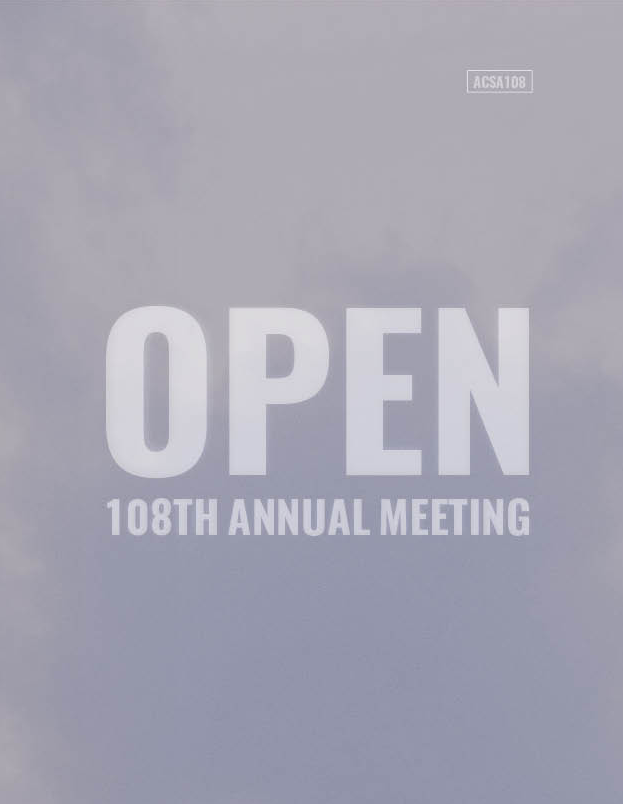Author(s): Thiago Albino Maso
Façade is the oldest, most ubiquitous element in the history of architecture, constantly the protagonist of its practice. Historically, we can define the façade as an assemblage of symbols attached to the external face of a generic wall. But to reduce the definition to this superficial comprehension of symbols and sheds is not sufficient to define its postmodern or contemporary position—thus, we shall look deeper into the definition of the façade by researching not its decor, but the relationships towards its thickness. Decorated or transparent, the façade always kept one fundamental principle as its definition: that of a surface. If the brise-soleil was crucial on the development of the façade, this device to control the environment has created a new type of space that belongs not to the inside nor the outside, that as an architectural device lacks a proper history. A new political and representational space, in which the absence of a theoretical evaluation opens a new field of exploration with this research. When Bernard Tschumi’s Lerner Hall creates an envelope composed of ramps, the façade assumes a thickness that negotiates this inside-outside relationship. A new condition appears, blurring the limits of the object and the city. Not a functional snapshot of the building nor a representational portrait of symbolic meanings, the thick-envelope exhibits a renewed attitude — function and meaning are flattened in a choreography displayed by the users. If the contemporary discussion focuses on the political and architectural production of spaces, without a clear definition of spatial boundaries, the performative agency of its limits is questioned. I propose that contemporary architecture is that of the thick-envelope, the quasi-urban space where the definitions of inside and outside are mixed and its political boundaries collapse. In the inhabited space of the thick envelope, city and building become one, and the question of whether to submit to public or private laws and behaviors are blurred: new space invokes new performances. To understand the contemporary condition is to understand the thick-envelope as the mediator between object and city. The thick-envelope assumes the (last) role of political architecture, a space of architectural agency long ignored.
https://doi.org/10.35483/ACSA.AM.108.69
Volume Editors
ISBN
978-1-944214-26-5

 Study Architecture
Study Architecture  ProPEL
ProPEL 
